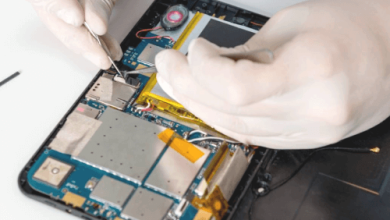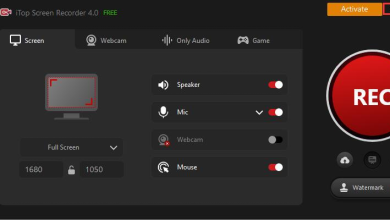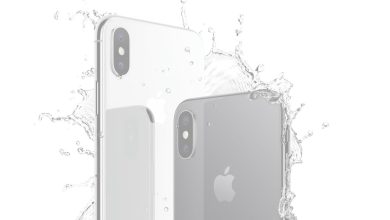How Professionals Grow LED Lights Help Indoor Plants

Sustained and adequate lighting is necessary for the indoor growth of plants in various commercial spaces. The use of LEDs (Light Emitting Diodes) ensures that cultivation takes place at a rapid pace. B2B customers will love to see plants growing in front of their eyes with the help of these lights. Many companies are already getting indoor horticultural lighting done, with industry experts expecting the future to be dominated by LED grow lamps.
What is an LED, and How’s it Helpful?
An LED is a semiconductor that emits light; many of these components are present within a professional grow LED light. To get a specific color spectrum, several hues are mixed together. LED grow lamps are more versatile than other light sources as indoor grow lights. These lights mimic sunlight and emit red and blue lights for excellent plant growth. They’re also available in different sizes, including tiny lights for tight places. Brightness is more since very little energy is lost while using these lamps.
Reputable light companies offer the broadest range of LED brands for grow lamps. An extensive range of LED tent bundles that include everything to start growing plants inside is also available. All products are field-tested and have proved their worth in the most extreme environments.
Overcoming Shortcomings by HPS and MH Lights
High-Pressure Sodium (HPS) and Metal Halide (MH) lamps have been used in the horticulture industry for decades and have also generated excellent yields. Unfortunately, a few significant drawbacks have increased the search for a better alternative. For instance, these lights are bad for the environment as they release mercury. They also generate a lot of heat through the infrared spectrum, which impacts a plant’s quality. Production of CBD oil and THC also decreases. Plants that get HPS or MH lights require high maintenance. None of the above qualities are present in LED grow lights.
Factors to Consider While Selecting an LED Grow Light
1) Spectrum Power Distribution– When looking to buy an LED grow light, one of the most crucial elements to consider is the Spectrum Power Distribution (SPD). For optimal outcomes, different plants and their stages of growth need various intensities and spectrums. LED growth lights are now available in a better spectrum, and they use one-third of the energy. Professional grow lights increase overall productivity and quality and may shorten the time from the plant to harvest.
2) Grow Space– Within unique application needs, grow space must be evaluated while considering investment into an LED grow-light. Mounting height, suggested watts, Photosynthetic Photon Flux (PPF), and Photosynthetic Active Radiation (PAR) are determined by grow space. Company professionals need to measure and calculate the square footage of an entire garden. Purchasing the incorrect light, whether over-powered or under-powered, significantly impacts plant growth. An excessive amount of absorbed light may kill plants.
3) Maintenance– Everyone, whether a business owner looking for large-scale industrial applications or a horticulture hobbyist, pays utilities. LEDs have continually shown their dependability, efficiency, and endurance in a wide range of applications compared to other lighting sources, which means lesser energy bills. These lights do not burn out but only suffer from a phenomenon known as lumen degradation.
4) Selection of Brand– Light expertise and company age are important while choosing a particular brand for LED grow lights. Experienced product engineers at the top LED manufacturing companies understand the science of lighting and would have successfully completed many lighting projects in the past.
5) Thermal Management– LEDs decreased thermal output is often an overlooked advantage. The critical determinant of an LED’s life-span is operating temperature; lowering operating temperatures will increase efficiency and life-span of the LED light. This is important in horticulture because being able to precisely manage grow-room temperatures is crucial in deciding plant quality.
Plants get Impact by Too Little or Too Much Light
- Due to less light, the plant develops vast intervals between the leaf nodes on its stems.
- Plants that don’t get enough light, especially older plants, are likely to drop their leaves.
- Plants don’t generate chlorophyll (the green pigment in plants) when they don’t get enough light, making them white, pale green, or yellow.
- Less light makes plants “leggy,” meaning they become long and thin, as though reaching for the light source.
- Plants that are overly expose to light may get burn and brown leaves.
- It’s possible that flowering plants won’t generate flower buds due to less light.
Indoor gardening has numerous advantages, the most obvious ones being that garden pests are unable to access the plants. Commercial building owners here can exercise complete control over the weather, not having to worry about the environment shaping up outside. But unless there is a greenhouse or a solarium, getting the right amount of light will be a major challenge. Artificial lighting, in the form of professional LED grow lights, is helpful.




